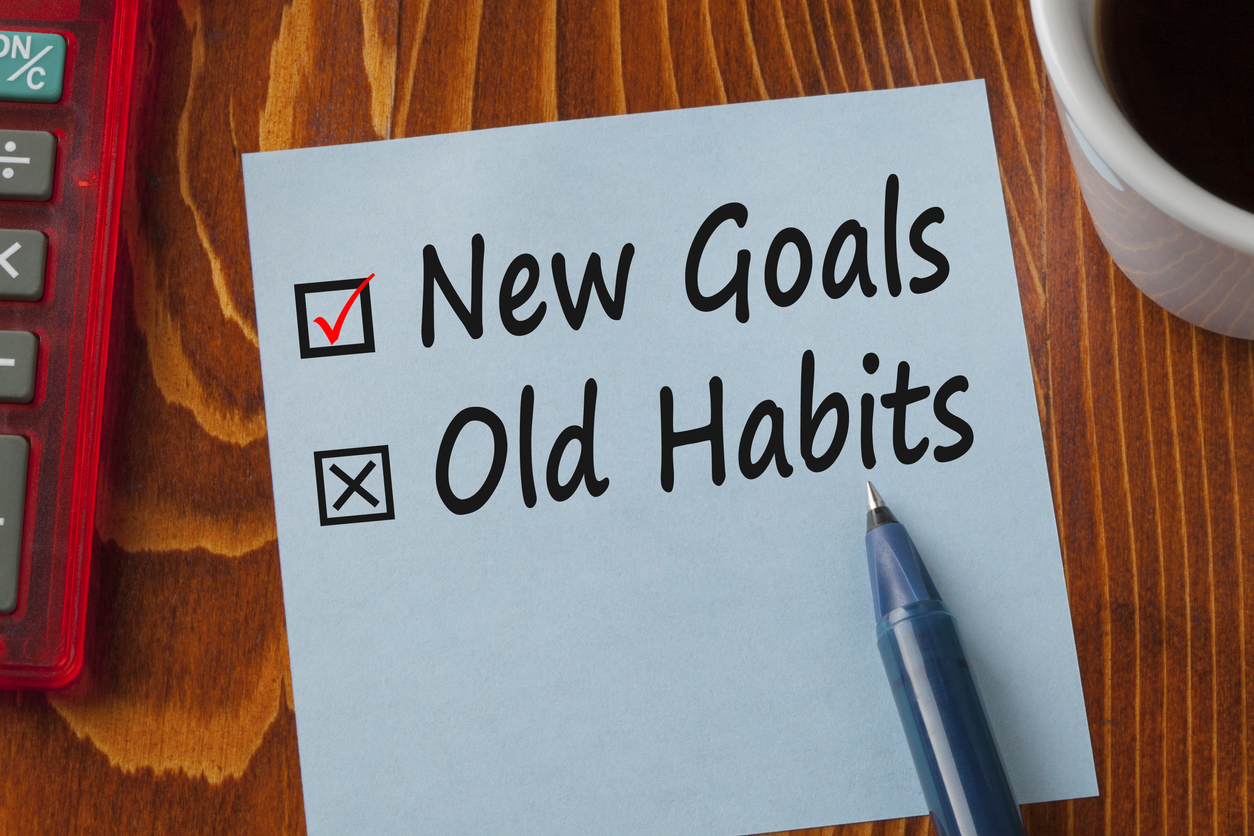Out of the blue, a friend of mine recently asked a group of us what the top thing on our bucket list was. My bucket list is all about places I want to travel to someday, so I said the Galapagos Islands. (I bet you’re wondering how this related to food and nutrition? Don’t worry I’ll get there!) My friend proceeded to tell us that a friend of his called to tell him they had found several cancer tumors and it didn’t look good. There was silence all around, then we all got it—don’t put that bucket list off to “later” or “someday”.
We all know or have heard of people who put off things they want to do until they retire, then when they finally do retire, they get sick and many bucket list items are impossible.
So today I have a strategy for getting to those things on your bucket list.
- Make a list and think big. If you’ve never been hiking, climbing the Himalayas might be out of reach. It’s always good to start with something that’s doable. Make a date with yourself to hike every weekend with mileage goals. If you want to snorkel the Great Barrier Reef but don’t swim, start with arranging for swimming lessons but keep the big goal in mind with smaller goals in between.
- Decide what it will take to get there. Money is often the obstacle to big adventures. Are there things you regularly buy to eat but could skip? Starbucks? Smoothie Drive-Thru? Ice cream? Something out of the soda or snack machine at work? Add up how much you could save if you cut back on it. If you spend $4.00 a day, that adds up to $1,460 a year! That would pay for a bucket list trip!
- Make sure to stay healthy so you can enjoy the things on your bucket list when you get to them. Cutting back on daily coffee drinks, snacks and smoothies is also great for your waistline! Being sedentary and overweight can keep you from enjoying an active life. These are two independent risk factors for diseases that cut your quality of life and cause things like diabetes, cancer and heart disease. Here are four simple steps to steer you towards a healthier life so you can start crossing things off your bucket list.
- Fill half your plate with non-starchy veggies at two meals a day. This automatically fills your diet with cancer-fighting phytonutrients. When you fill up on veggies, you’re likely to eat less of higher calorie or higher saturated fat foods.
- Eat your fruits and whole grains. The fiber in fruits, veggies and whole grains help lower cholesterol and blood sugar levels. Potassium found in fruits and veggies help control blood pressure, as is demonstrated in the DASH diet.
- Watch your saturated and trans fat—it’s enemy number one for your heart! Saturated fat is found in high fat meats like sausage and bacon, the skin of chicken, fast food, butter, bakery goods and more. Try to eat a meatless meal at least once or twice a week and include legumes, which is another high-fiber, heart-healthy food. Trans fats are found in processed foods and are listed on the label.
- Move more and sit less! If most of your exercise is on your remote control find a way to get more active. Yep, it’s hot outside, so go to a gym, go swimming, do an exercise video on YouTube. Just do SOMETHING! The US Department of Health and Human Services recommends at least 150 minutes (2 ½ hours) of moderate intensity exercise or 75 minutes of vigorous intensity aerobic exercise weekly for adults. The guideline also recommends adults do muscle strengthening exercises at least twice a week.












